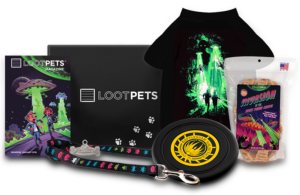Home » Packaging: Balancing Price, Sustainability, and Quality
Packaging: Balancing Price, Sustainability, and Quality

Packaging is a critical component of our daily lives, serving a dual purpose of protecting products and conveying vital information to consumers. In the wake of growing environmental concerns, the selection of packaging materials has become a focal point. In this blog, we will delve into the intricate interplay between price, sustainability, and quality in packaging.
Price
Price typically takes center stage for businesses when they contemplate packaging materials. It wields a direct impact on the financial bottom line and is a key determinant of profitability. Let’s dissect the pricing considerations for various packaging materials:
Flexible Plastic:
- Flexible plastic packaging is often the most economical choice. Its production cost is low, and its lightweight nature reduces transportation expenses. It is important to recognize that generic non-flexible plastic packaging can be more expensive depending on the application.
- Bulk purchasing of flexible plastic packaging materials is budget-friendly.
- Nevertheless, a holistic cost analysis should factor in long-term expenses, including disposal and potential harm to a brand’s reputation due to environmental concerns.
Corrugated:
- Corrugated packaging materials are generally cost-effective but may sometimes surpass flexible plastic packaging in terms of pricing.
- Customization or printing on corrugated packaging can incrementally raise costs.
- Opting for recycled corrugated materials not only contributes to cost efficiency but also promotes sustainability.
Chipboard and Paperboard:
- Chipboard and paperboard packaging materials tend to offer an economical solution.
- Their competitive pricing, coupled with their adaptability and versatility, make them suitable for a wide spectrum of products.
- Utilizing recycled chipboard and paperboard further enhances their cost-effectiveness and sustainability.
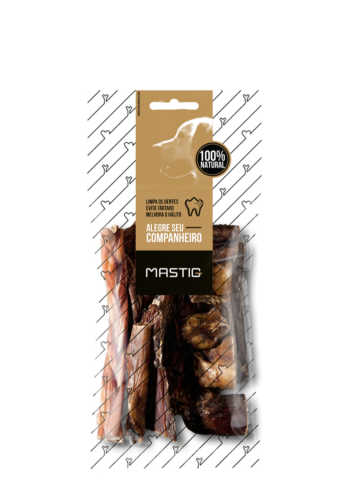
Flexible Plastic
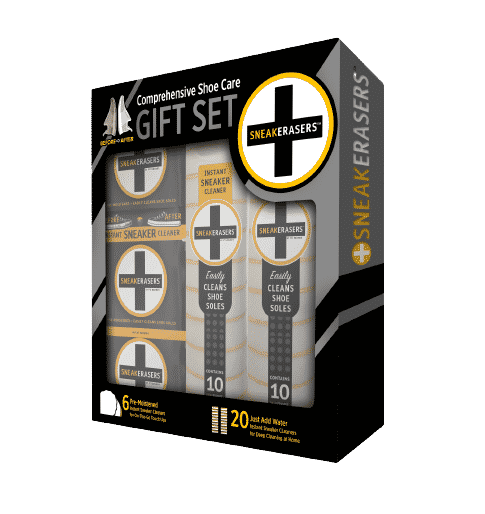
Corrugated

Chipboard/Paperboard
Sustainability
As global environmental consciousness continues to rise, sustainability has emerged as a pivotal factor in packaging decisions. Sustainable packaging aims to minimize its ecological impact across its entire lifecycle. Here’s how different materials stack up in terms of sustainability:
Plastic:
- Traditional plastic packaging is often criticized for being non-biodegradable and for exacerbating plastic pollution.
- However, innovations such as biodegradable plastics and recycled PET offer more sustainable alternatives.
Corrugated:
- Corrugated packaging is generally regarded as a more sustainable option, especially when sourced from responsibly managed forests or containing recycled content.
- Its biodegradability and ease of recycling bolster its eco-friendly credentials.
Chipboard and Paperboard:
- Chipboard and paperboard packaging materials inherently possess sustainability attributes, often originating from renewable sources like wood pulp.
- Their recyclability and biodegradability make them environmentally responsible choices.
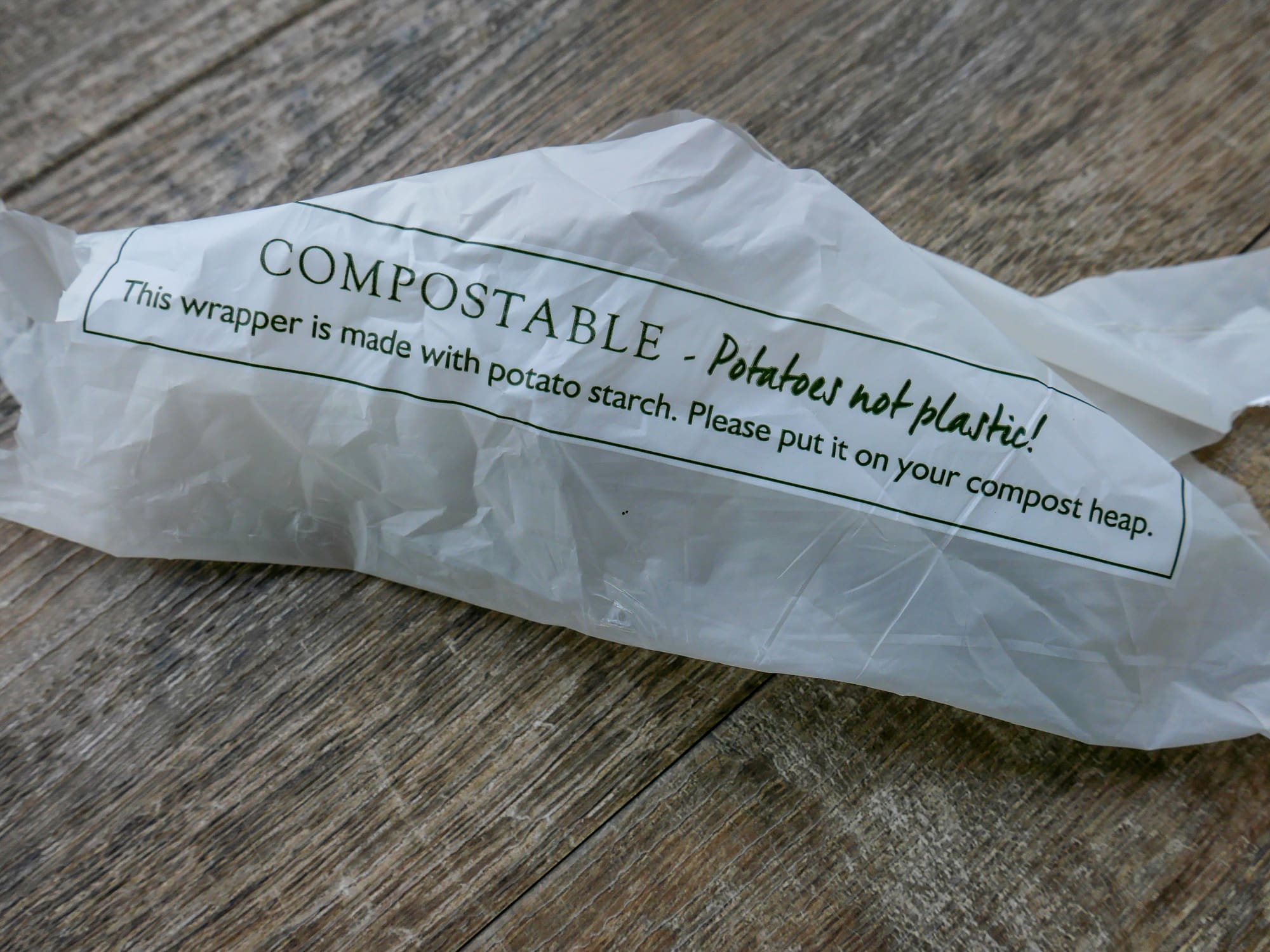
Quality
Packaging quality plays a pivotal role in safeguarding products, preserving their integrity, and enhancing the overall customer experience. Here’s how different materials perform concerning quality:
Plastic:
- Plastic packaging excels in protecting products from moisture and is highly resistant to breakage.
- However, it may not be suitable for products requiring breathability or specific temperature conditions.
Corrugated:
- Corrugated packaging offers versatility and can be tailored to accommodate various product types.
- It is particularly well-suited for dry goods and provides robust protection when designed effectively.
Chipboard and Paperboard:
- Chipboard and paperboard packaging are renowned for their adaptability and quality, making them suitable for a diverse range of products.
- They excel in maintaining product integrity and are an excellent choice for items sensitive to light or air.

If you are looking for custom packaging solutions tailored to your needs, then partner with Brown Packaging today to get started.
RSC boxes are known for their efficiency and versatility, but their performance ultimately comes down to strength. Buyers often see numbers like ECT, BCT, and
In packaging, foam isn’t just about initial protection — it’s about maintaining performance over the entire shipping or storage cycle. Compression set and recovery characteristics
Pouches are a go-to for flexibility and convenience, but they can fail in critical ways—from poor seals to punctures and delamination—that hurt performance and brand
In the retail environment, the placement of Point of Purchase (POP) displays is just as critical as their design and content. Strategic positioning can significantly
Choosing the right foam density isn’t about “soft” versus “hard” — it’s about controlling shock transmission and matching the foam’s cushioning curve to the product’s
Moisture resistance and dimensional stability are critical performance factors for custom inserts, especially when products are shipped or stored in variable climates. Both foam and
Home » Packaging: Balancing Price, Sustainability, and Quality
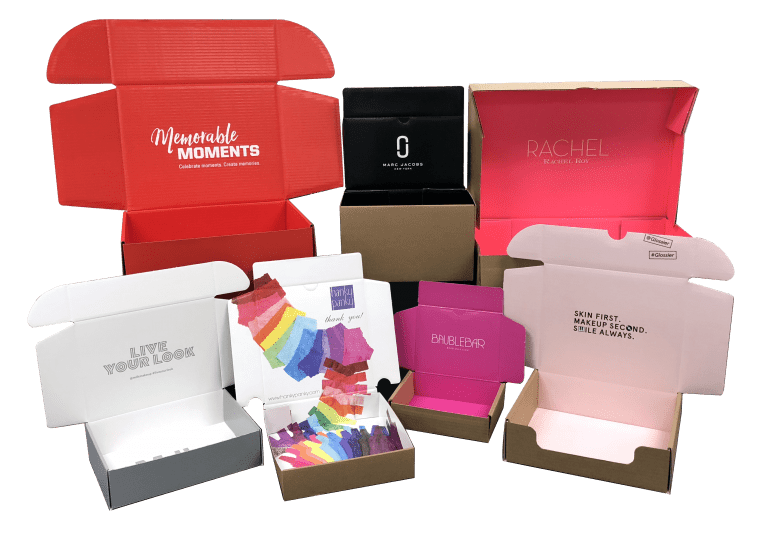
When it comes to packaging, the roll-end tuck top (RETT) box is a versatile solution that seamlessly transitions between the realms of retail and e-commerce.
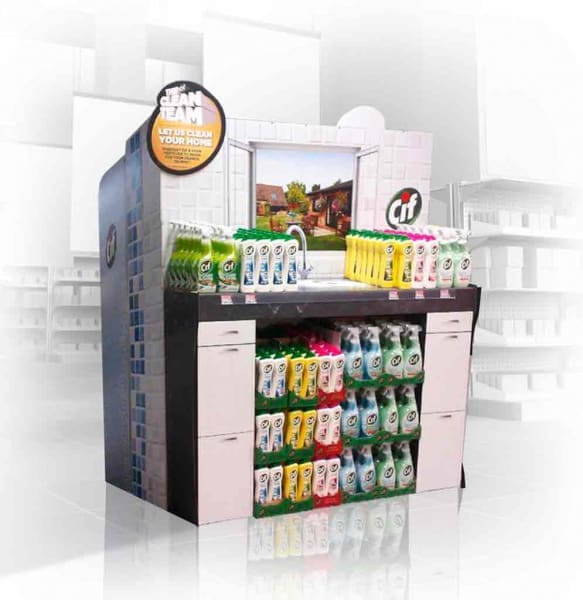
Point of Purchase (POP) displays are a dynamic marketing tool used to engage customers and boost sales at the point of decision-making. Whether you’re a
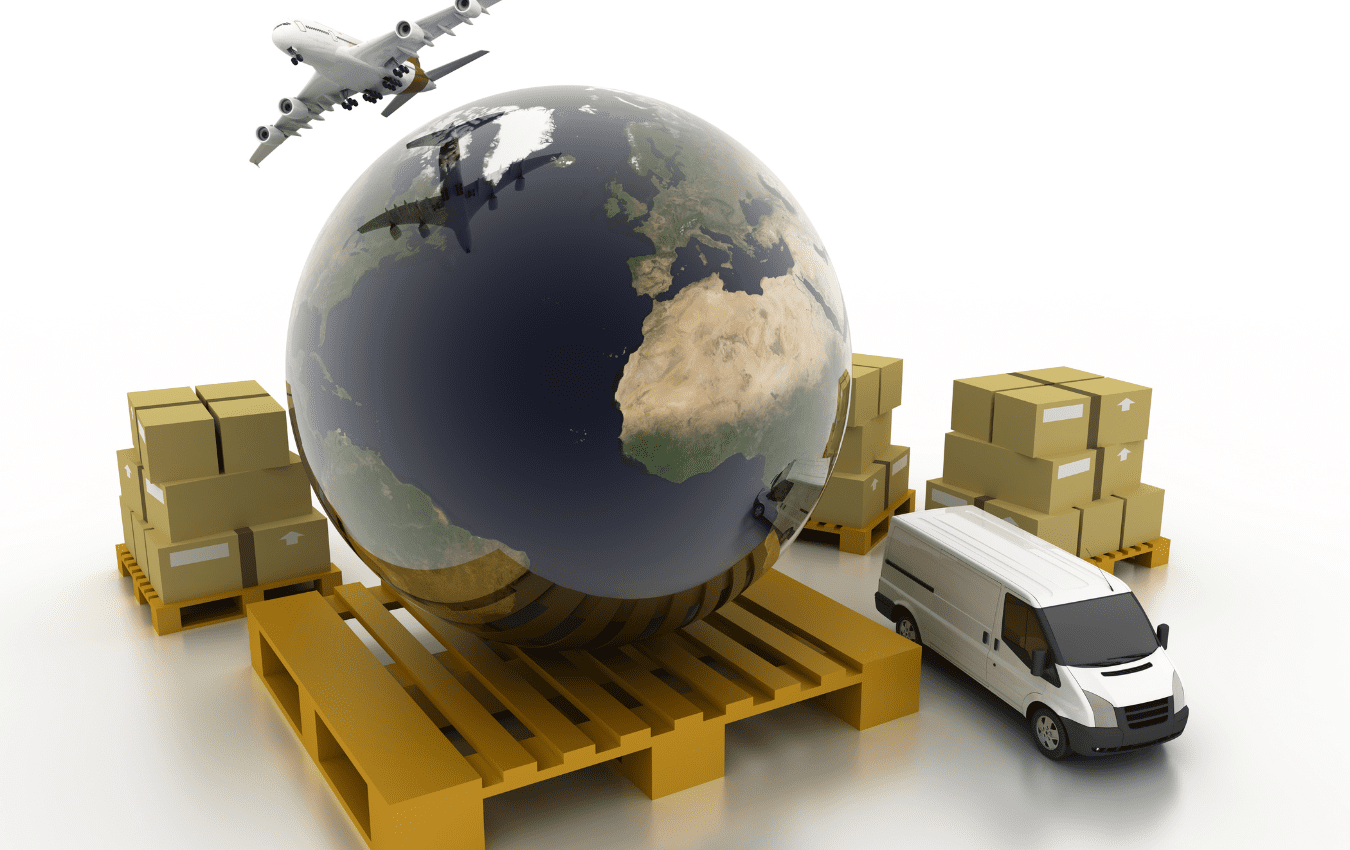
As international commerce continues to grow, optimizing custom packaging for international supply chains has become an essential aspect of any global business. In an increasingly


